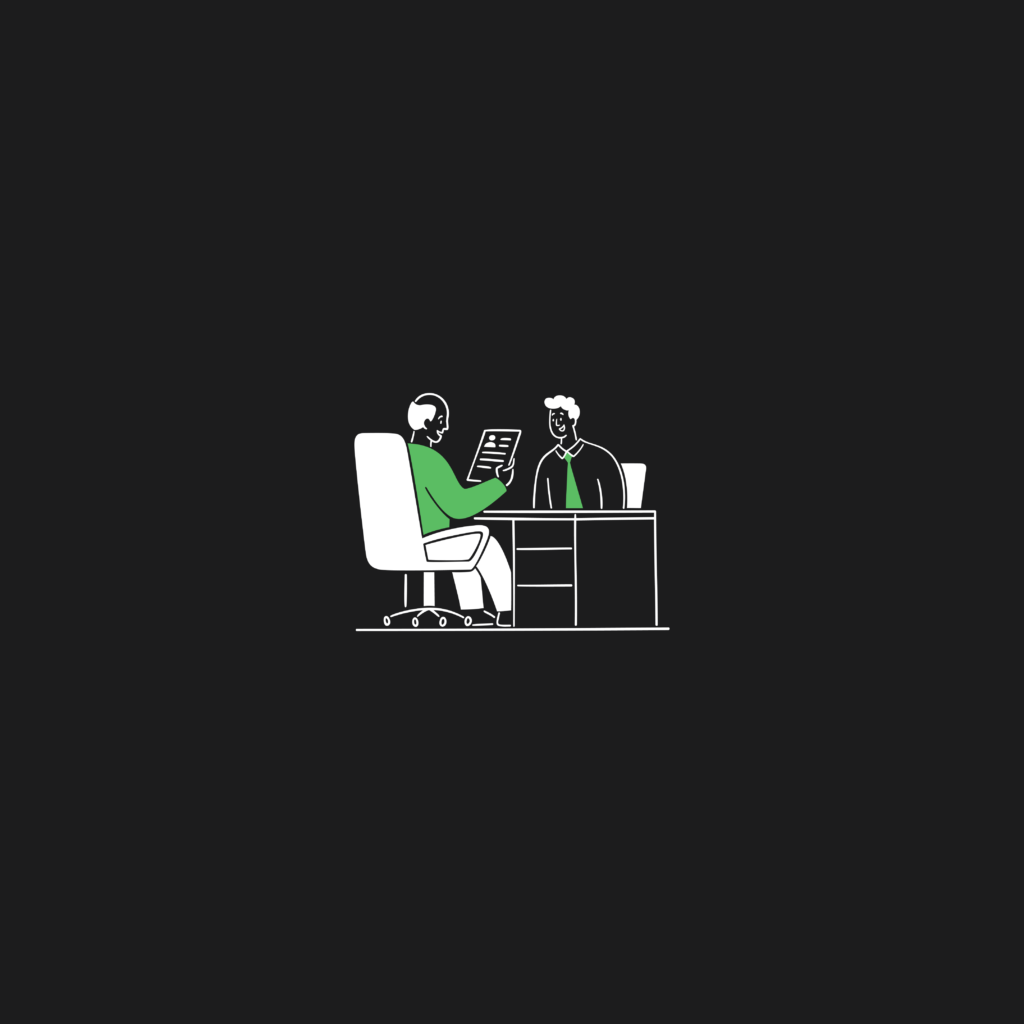Creating Your First Design Portfolio: Your Path to Showcasing Creative Brilliance

Imagine your design portfolio as a gallery showcasing your creative journey—a visual narrative of your growth, skills, and artistic prowess. Whether you’re a newcomer eager to enter the design world or a seasoned designer seeking to revamp your presentation, crafting a compelling design portfolio is paramount. In this article, we’ll explore the art of creating your first design portfolio, offering valuable tips on how to build a strong showcase of your work, complete with captivating case studies and illuminating examples.
Why Is Your Design Portfolio Important?
Before we delve into the how, let’s understand the why. Your design portfolio serves as a visual testament to your abilities, a persuasive pitch to potential employers or clients. It’s your opportunity to:
- Demonstrate Skills: Showcase your design skills and expertise in a tangible form.
- Establish Credibility: Build trust and credibility by providing real-world examples of your work.
- Tell Your Story: Share your design journey, style, and creative process.
- Differentiate Yourself: Stand out from the competition by highlighting your unique strengths.
- Engage and Educate: Engage viewers with compelling case studies and educate them about your design rationale.
Tips for Crafting a Captivating Design Portfolio:
- Select Your Best Work: Quality over quantity is key. Choose a selection of your strongest projects that demonstrate a range of skills and styles.
- Create Case Studies: Each project should be accompanied by a detailed case study. Explain the project’s context, objectives, your role, challenges faced, and the impact of your work.
- Show Your Process: Include sketches, wireframes, and iterations to illustrate your design process. Showcase how your ideas evolved into the final design.
- Highlight Results: Quantify the impact of your work whenever possible. Did your design increase website traffic or boost user engagement? Share those metrics.
- Consider Diverse Media: If applicable, include a variety of media types such as print, web, mobile, or branding to display your versatility.
- Maintain Consistency: Use a consistent layout and format for your case studies to create a cohesive and polished portfolio.
- Tailor to Your Audience: Customize your portfolio based on your target audience. Highlight projects and skills relevant to the job or client you’re pursuing.
- Consider a Personal Website: While platforms like Behance or Dribbble are great, having a personal website allows for more control and personal branding.
Examples of Stellar Case Studies:
- Project Introduction: Start with a brief introduction to the project, providing context and objectives.
- Design Rationale: Explain your design decisions. Why did you choose a particular color scheme, typography, or layout? How do these choices align with the project goals?
- Challenges and Solutions: Describe any challenges you encountered during the project and how you overcame them. This demonstrates problem-solving skills.
- Visual Presentation: Use high-quality images, mockups, and prototypes to visually showcase your work. Ensure that the design is well-lit and presented in a visually appealing manner.
- Results and Impact: Quantify the project’s success, if possible. Did the design lead to an increase in conversions, user engagement, or brand recognition? Share these outcomes.
Digital or Physical Portfolio?
The choice between a digital and physical portfolio depends on your preferences and the industry you’re targeting. Digital portfolios are versatile, easily shareable, and can include interactive elements. Physical portfolios offer a tactile experience and can be especially impactful in interviews.
In Conclusion: Your Portfolio is Your Canvas
Your design portfolio is not just a collection of images; it’s a canvas that tells your unique story as a designer. It’s a testament to your skills, creativity, and problem-solving abilities. By following these tips and investing time in crafting captivating case studies, you’ll create a portfolio that not only wows viewers but also opens doors to exciting design opportunities. So, embark on this creative journey with confidence and let your portfolio be your masterpiece in the world of design.




